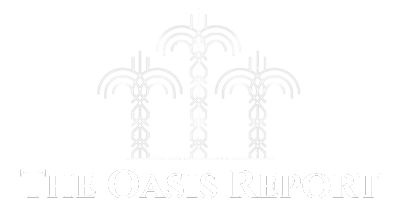Driven by oil revenue decline
Increased bond issuance expected
Saudi Arabia will probably issue at least $10 billion more in bonds and sukuk this year to help fund the kingdom’s widening budget deficit.
Since posting a surplus in 2022 thanks to oil prices hitting a 10-year peak that year, Saudi Arabia has posted annual deficits due to lower crude revenues and higher government spending.
The country’s budget deficit will be nearly 5 percent of GDP in 2025, up from 2.5 percent last year, Dubai’s Arqaam Capital forecasts, and that will spur policymakers to sell additional bonds and sukuk following relatively subdued issuance in the first five months of the year.
“Our understanding is that the government is unlikely to tap its reserves and so funding needs should be addressed mostly through external and domestic issuances,” says Nadim Amatouri, director of credit research at Dubai’s Arqaam Capital.
He foresees Saudi Arabia issuing a further $11 billion of debt in the form of bonds and sukuk this year.
In the 2025 budget, published last November, the finance ministry predicted Saudi Arabia would post a deficit of SAR101 billion ($26.9 billion), forecasting annual spending of SAR1.29 trillion and revenue of SAR1.18 trillion.
Yet ministry data published in May shows the government had racked up a deficit of SAR58.7 billion in the first quarter alone, which is more than half of the anticipated annual deficit for the entire year and a near five-fold increase versus the deficit in the first quarter of 2024.
Oil revenue from January to March 2025 was SAR149.8 billion, down 18 percent year on year. This reflects a slump in oil prices during the period – average monthly Brent crude prices ranged from $73-79 per barrel versus $80-85 in the corresponding period of 2024 – and unchanged production levels in Saudi Arabia. First-quarter non-oil revenue rose 2 percent year on year to SAR113.8 billion.
Crude prices fell further in April and May, averaging $64-68, so Saudi Arabia’s second quarter deficit may be even bigger than that of the first quarter.
The Saudi government ($14.5 billion) and Public Investment Fund ($5.25 billion) issued $19.8 billion of debt between them in the first five months of 2025, down from $37.4 billion, data from London Stock Exchange Group (LSEG) data shows.
“The current moderation in issuance should not be viewed as a contraction, but rather as a normalisation following an extraordinary year of activity (in 2024),” says Jinan Al Taitoon, a senior research specialist at LSEG.
Arqaam Capital estimates Saudi Arabia has $7 billion of sovereign external debt maturing this year, which along with its budget shortfall will bring its financial needs to around $75 billion in 2025, Amatouri explains.
Assuming equal reliance on domestic and external debt, foreign currency borrowings may provide up to $35 billion, he says.
Syndicated loans will probably provide $10 billion, with the rest likely to come from debt issuance. The government has already raised $14.5 billion of debt from January to May, so that leaves a further $11 billion shortfall that will be met through additional bond issuance by December-end, adds Amatouri.
Saudi Arabia’s debt-to-GDP ratio was 26 percent in 2024, according to S&P Global, the second-lowest in the Middle East after Kuwait.



